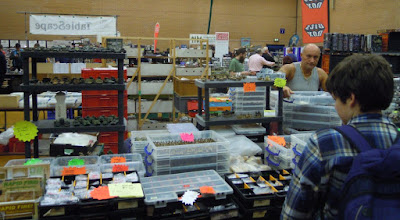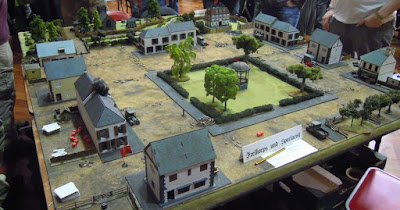On Wednesday I visited the Masonic Centre in Letchworth Garden City to deliver a lecture about Masonic references in the work of Rudyard Kipling. The Centre is known as 'The Cloisters', and the building has a unique design and interesting history.
'The Cloisters' was originally built built in 1906-07 as an open-air school dedicated to Psychology. It was designed by William Harrison Cowlishaw and paid for by Miss Annie Jane Lawrence (1863-1953), a Quaker. It cost £20,000 to construct, and when it was finished it had accommodation for 20 students. They were encouraged to study '
how thought affects action and what causes and produces thought.' Amongst other things, the curriculum included skills of the sort that were valued by the Arts and Crafts movement.
The school flourished during the period up to 1939, and became a venue for lectures, conferences, drama and musical performances, and organ recitals as well as being the centre of a small community dedicated to Theosophy. In 1939 the building was requisitioned by the British Army, and when it was handed back to Miss Lawrence in 1948 it was in desperate need of repair and restoration. Miss Lawrence could not afford to pay for the necessary work to be done, and after offering it to the local council – who turned it down – it was donated to the Masonic Province of Hertfordshire, who paid for the repairs and reopened it as the North Hertfordshire Masonic Centre. It retained the name of 'The Cloisters' and the Freemasons of Hertfordshire have maintained the building ever since.
I understand that this building has never been used by a film or TV company as a location. Having visited it, I find that very surprising. It is so quirky and unusual to look at, and I would have thought that it is the sort of location that would have appealed to them, especially if they were making a film or TV programme that was vaguely Gothic or fantastical in content.



































































.JPG)













